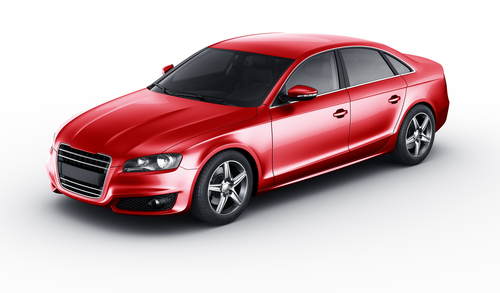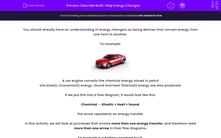You should already have an understanding of energy changers as being devices that convert energy from one form to another.
For example:

A car engine converts the chemical energy stored in petrol into kinetic (movement) energy. Sound and heat (thermal) energy are also produced.
If we put this into a flow diagram, it would look like this:
Chemical → Kinetic + Heat + Sound
The arrow represents an energy transfer.
In this activity, we will look at processes that involve more than one energy transfer, and therefore need more than one arrow in their flow diagrams.
An example is a battery-powered torch.
.jpg)
If we think about its energy transfers in full, we need to think about its input energy, its output energy, and everything that happens in between.
The source of energy is chemical energy from the battery, which is then transferred into electrical energy, which in turn is converted to the useful output of light (and some wasted as heat).
The process is much easier to follow when laid out in a flow diagram:
Chemical → Electrical → Light + Heat
Now it's your turn to have a go at some new examples and see if you can fill in the blanks, put things in the right order, and work out the energy transfers of everyday devices.







